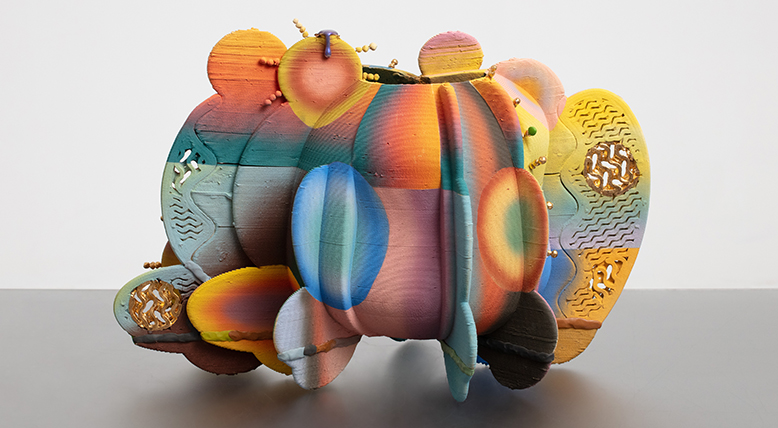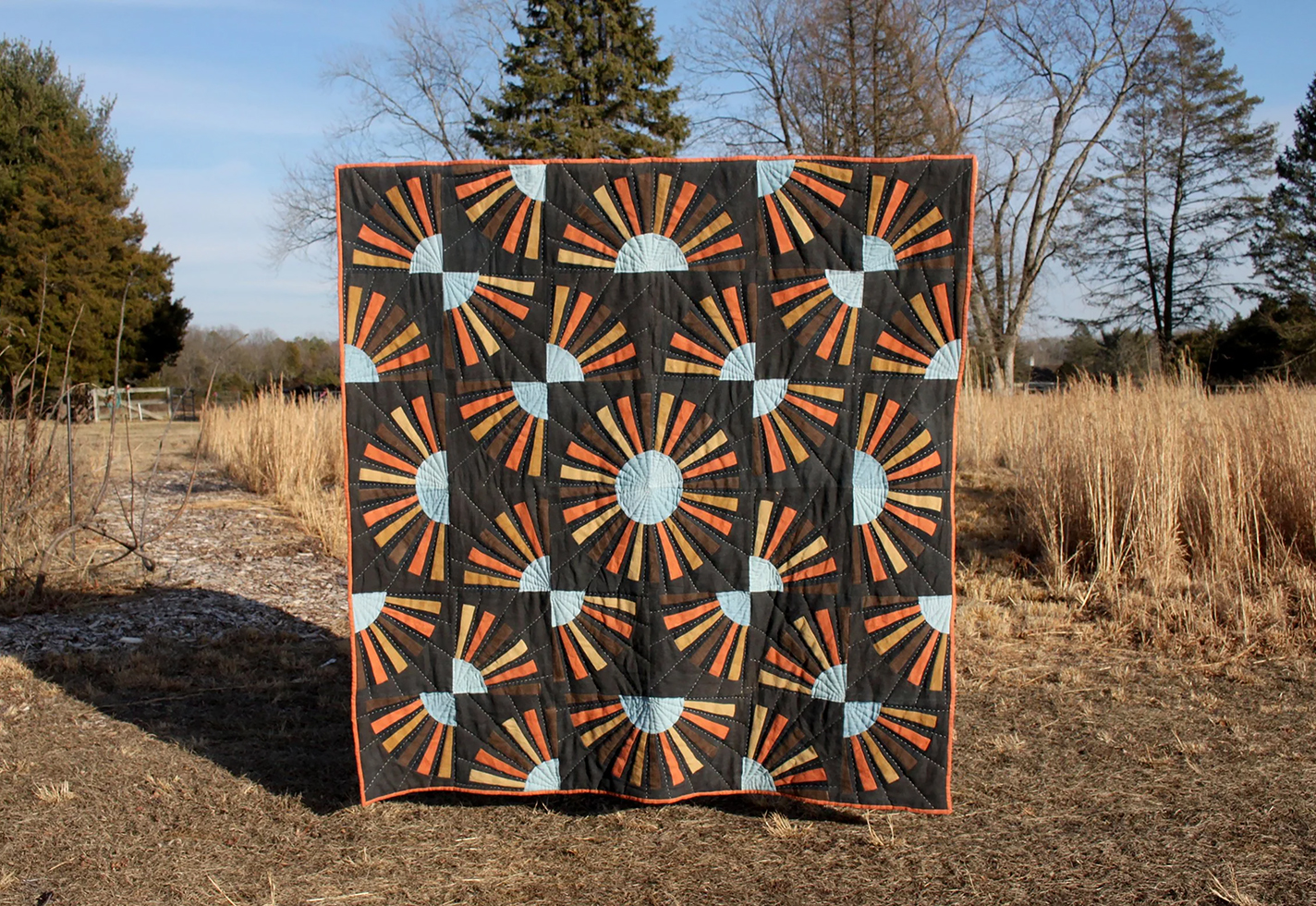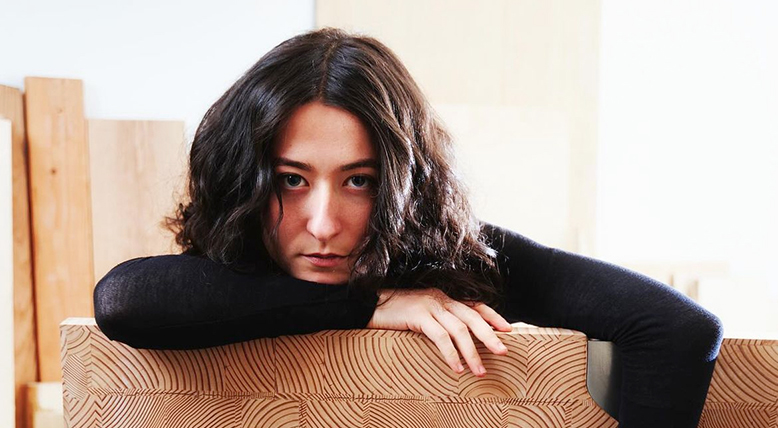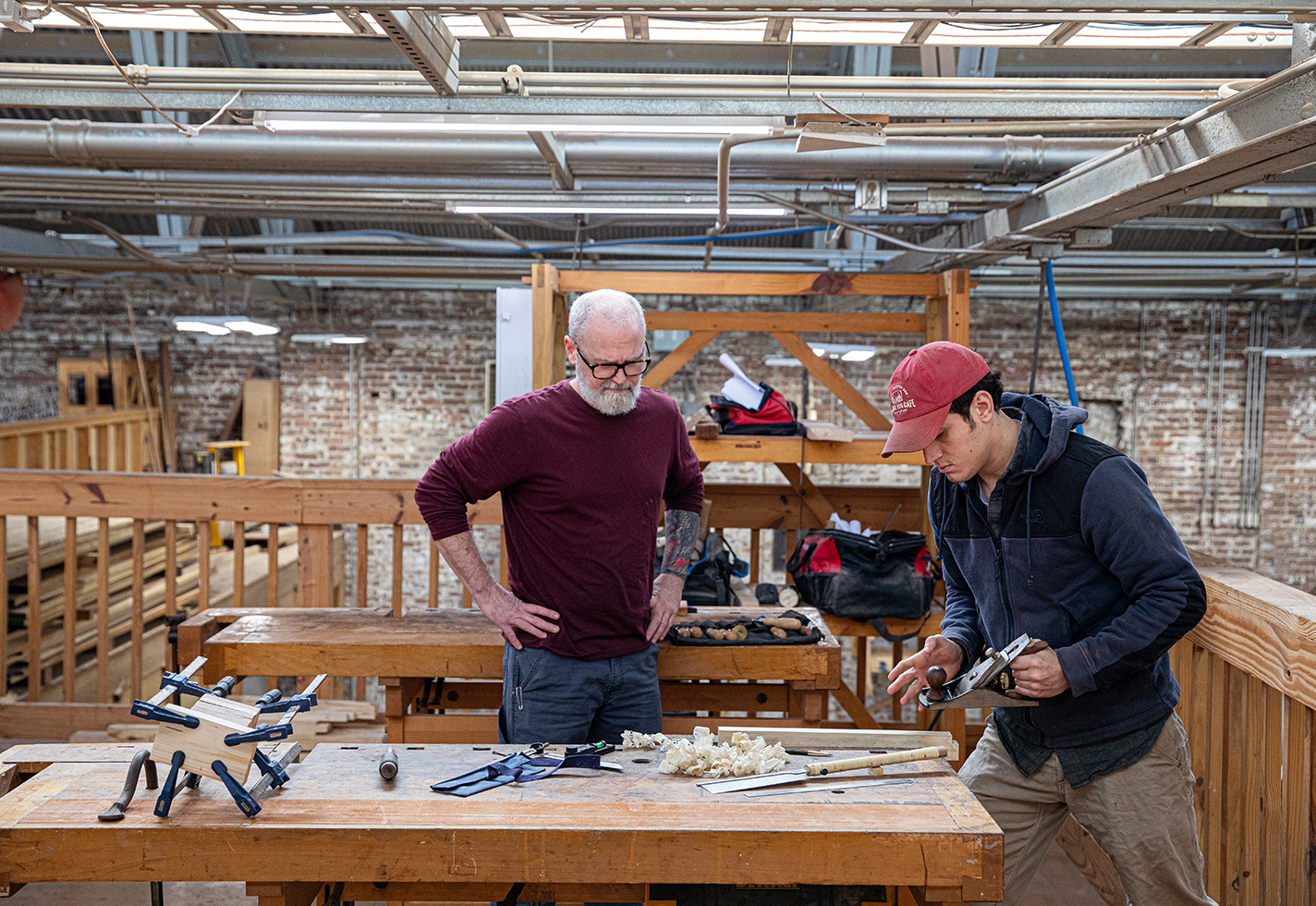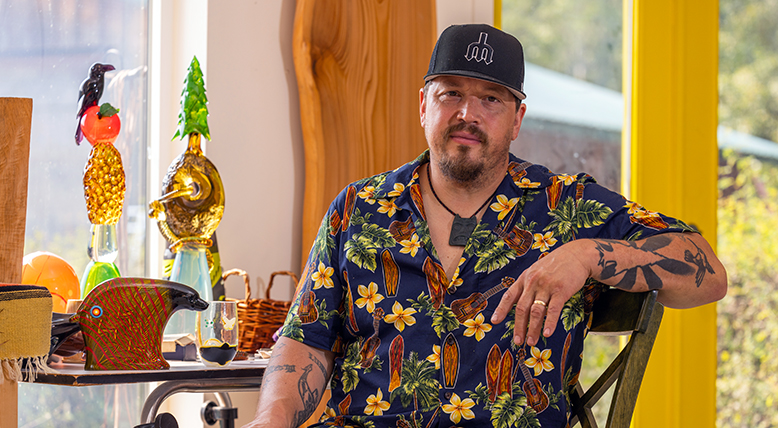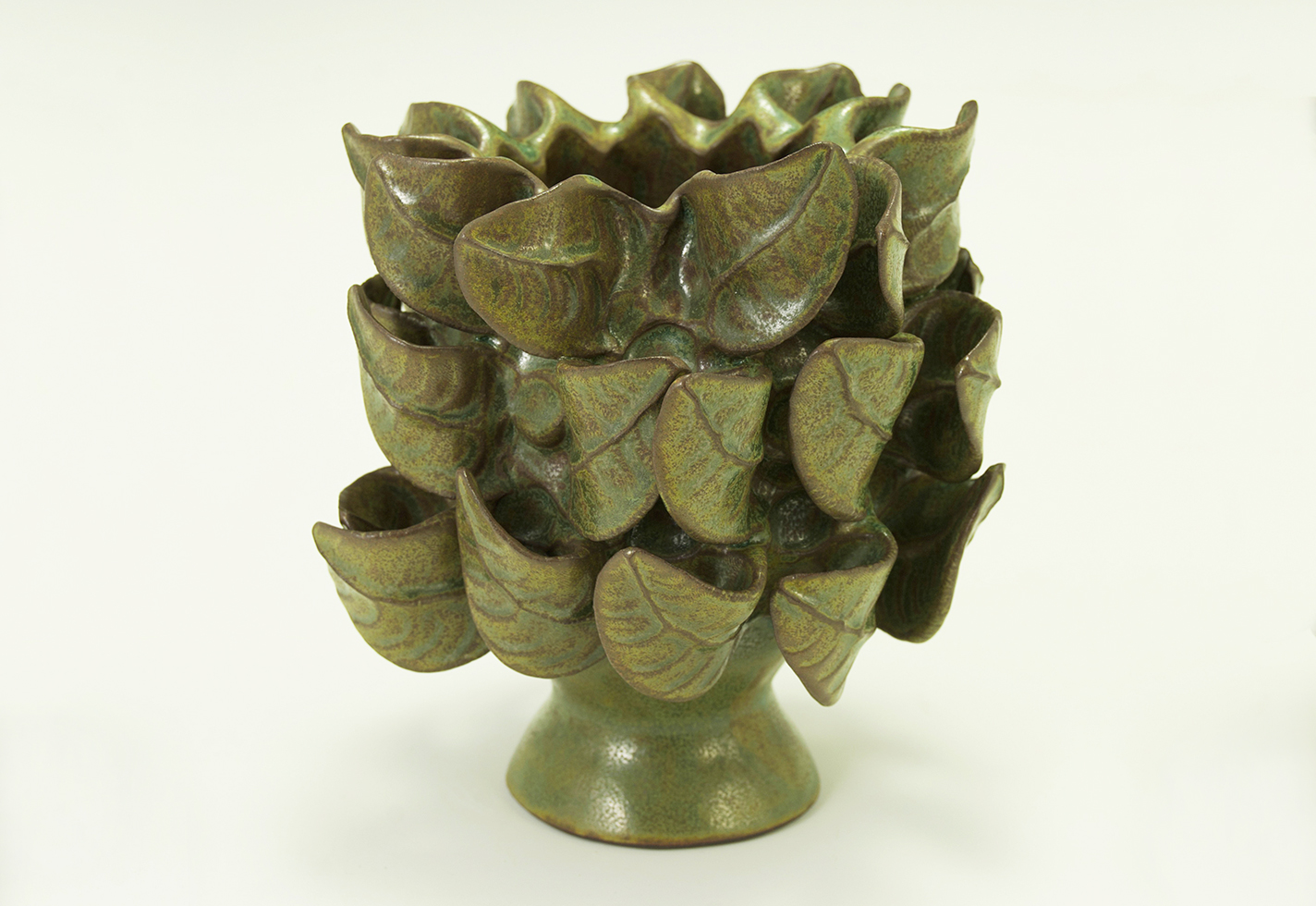Tyrrell Tapaha weaves Diné lifeways and modern vignettes into vivid, challenging works.
Sixth-generation Diné weaver and sheepherder Tyrrell Tapaha weaves colorful textiles rich with tradition and innovation, combining the legacy and influence of their family’s art with abstraction and contemporary imagery. Tapaha grew up in the Carrizo Mountains of northeastern Arizona, tending to their family’s flock of Navajo-Churro sheep, carding and spinning wool, and absorbing pastoral and artistic knowledge from relatives. Their work is grounded in the ecology of the mountains: they use local plant dyes to color wool and fleece, which they harvest from sheep they raise from birth. “I’ve really taken to holding myself responsible to understand the methodologies of how my people got here,” they say. They are currently working on a series of large-scale works showing figurative images of sheepherding, in advance of the Santa Fe Indian Market (August 19–20) and a group show at James Fuentes Gallery (September 8–October 15). Roshii Montaño wrote about Tapaha and their work in “Dazzling Pictorials” in the Summer 2023 issue of American Craft.
How do you describe your work or practice?
I’m a sixth-generation Diné weaver and fiber artist. My work encapsulates agro-pastoral living and understanding the inner workings of doing everything sheep-to-loom: being on the land, working with the land, ecology, hydrology, migrating, grazing the animals, and thinking about and breeding for better fleece. I spend a lot of time looking at the minuscule and larger details of this lifestyle, and my weavings are a glimpse of that.

Just a Sheepherder, 2022, handspun and vegetal-dyed Navajo-Churro and alpaca, 46 x 48 in.





